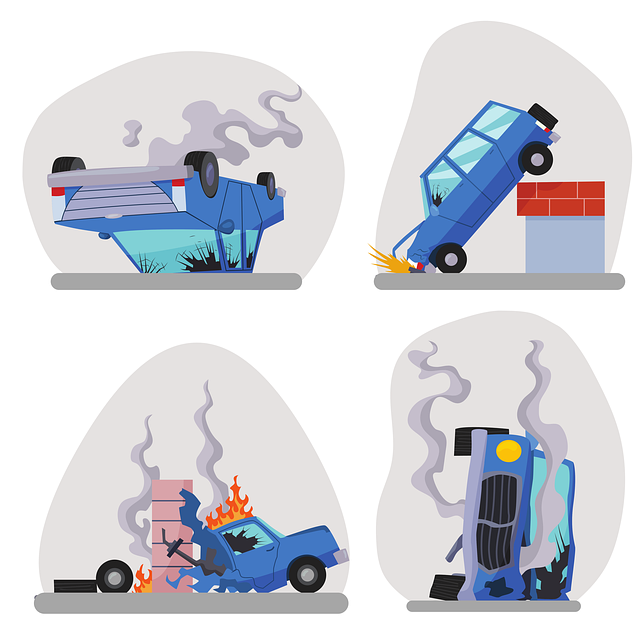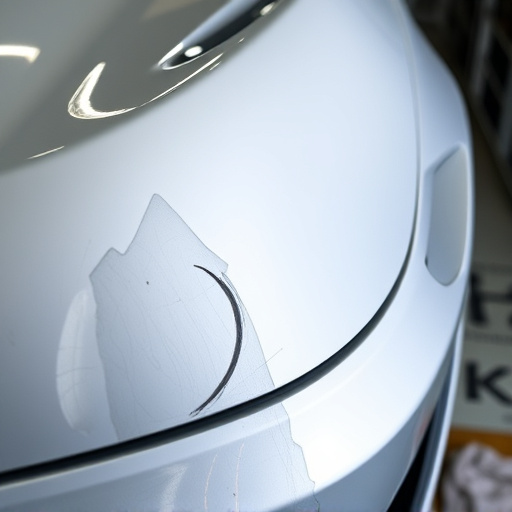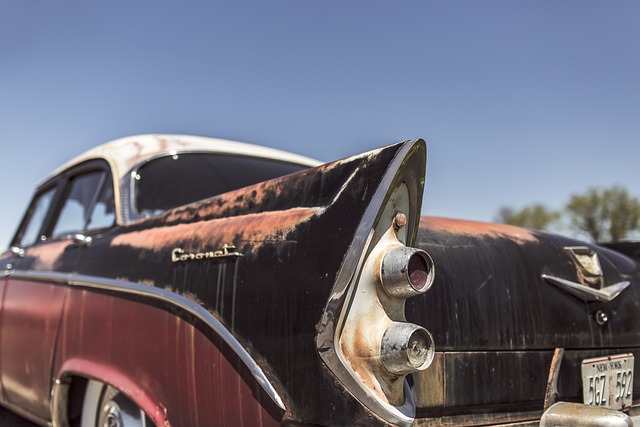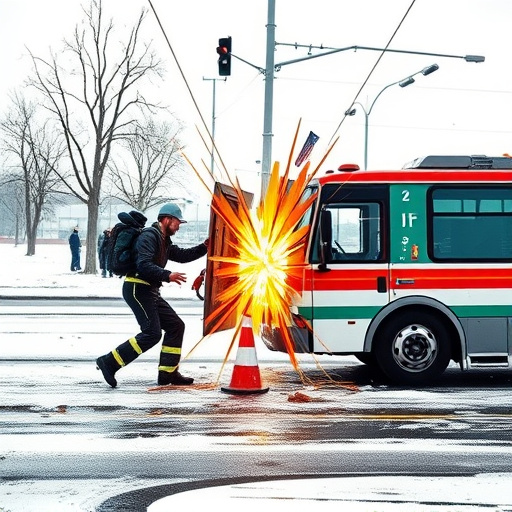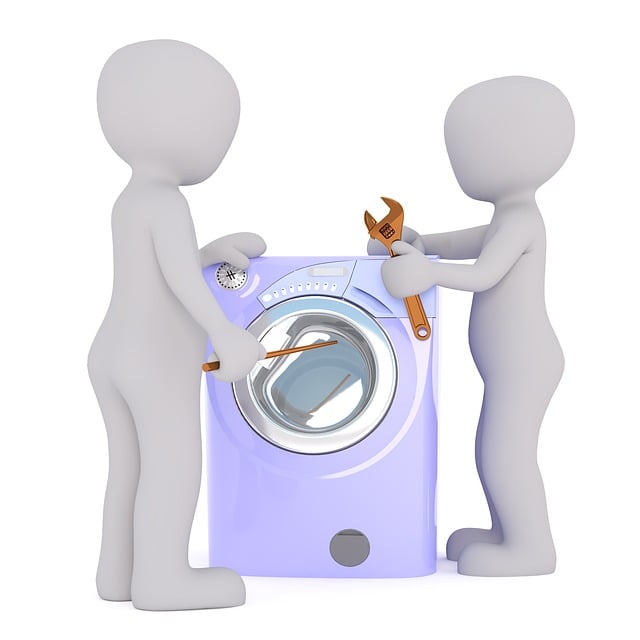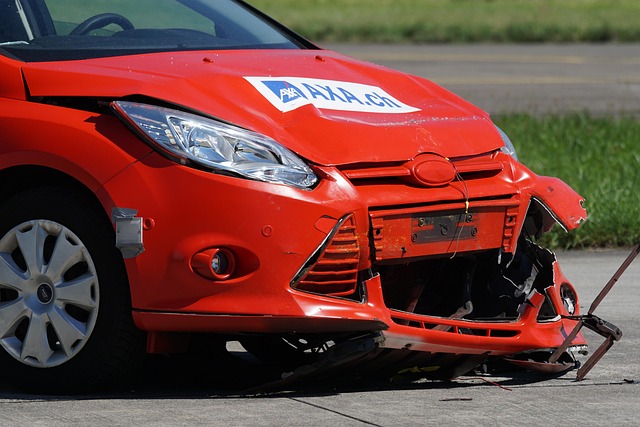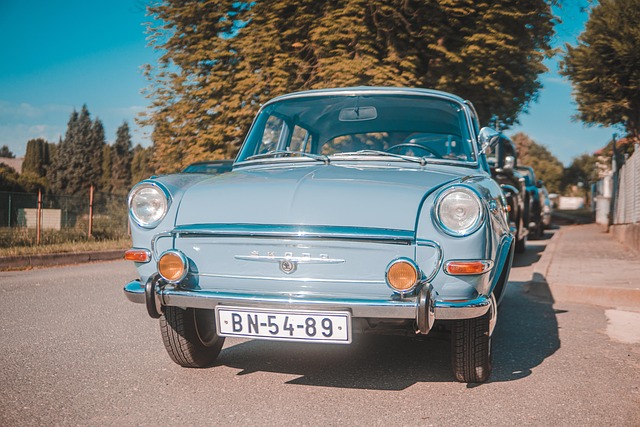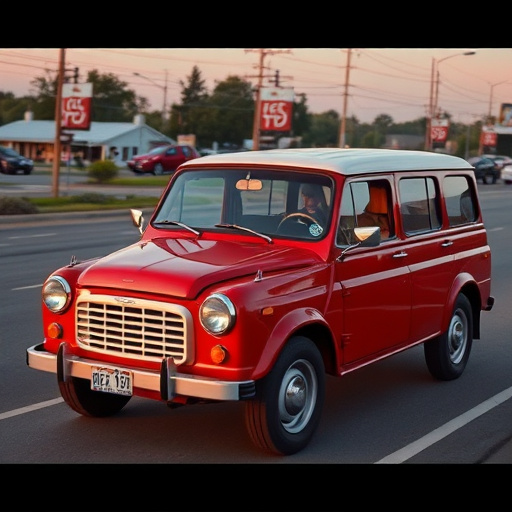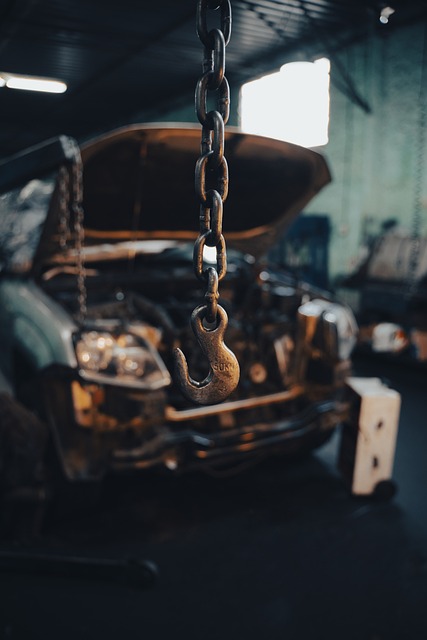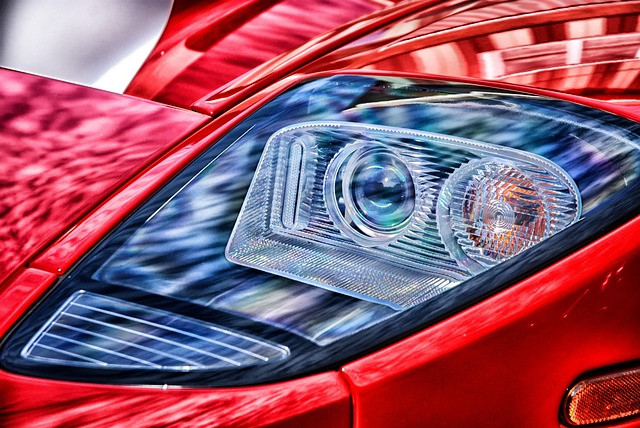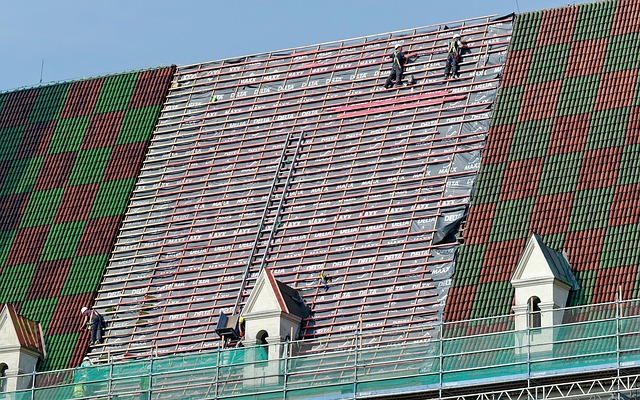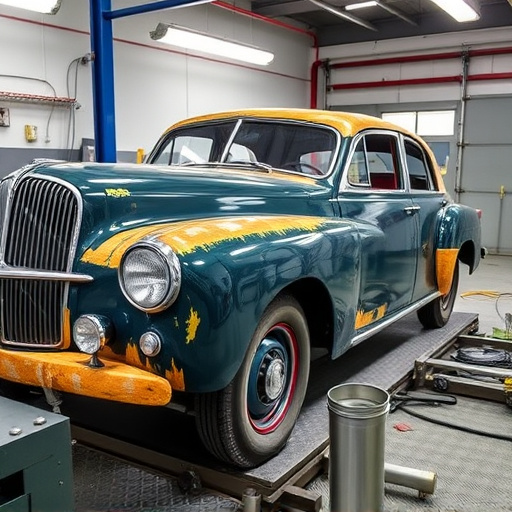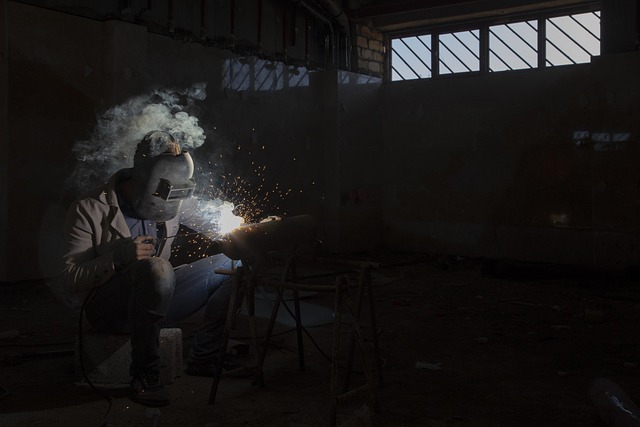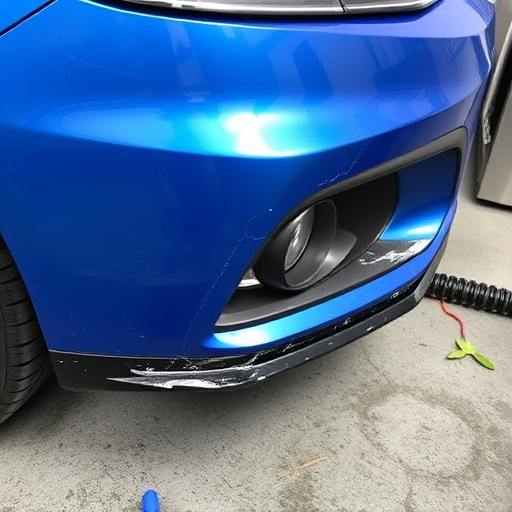Don't neglect post-collision headliner inspections; common issues range from tears to structural warping. Gather model-specific tools and supplies for repairs. Meticulously assess damage, source matching fabric, and use automotive-grade adhesive for a seamless restoration. Early action by a reputable collision repair center maintains vehicle value and condition.
After a collision, your car’s headliner might suffer damage, requiring careful attention during repair. This guide delves into maintaining your vehicle’s interior, focusing on headliner repair after collision. Understanding common types of headliner damage and preparing with the right tools is key. We provide a step-by-step process to ensure effective replacement, preserving your car’s pre-accident aesthetics. By following these tips, you’ll restore your headliner to its original state, enhancing your post-collision vehicle recovery.
- Understanding Headliner Damage After Collisions
- Preparation and Tools for Repair
- Step-by-Step Guide to Effective Replacement
Understanding Headliner Damage After Collisions

After a collision, it’s not just the visible exterior of your vehicle that may be damaged; the headliner, often overlooked, can also sustain significant harm. Understanding the types of damage that can occur is crucial for effective maintenance. Common issues include tears, stains, and even warping due to the impact. Some headliners might only require simple repairs like stitching or reattaching detached panels, while more severe cases may necessitate complete replacement.
Regular inspection after a collision is key to early detection of headliner damage. If left unattended, these problems can lead to unsightly aesthetics and even compromise the vehicle’s structural integrity over time. Many automotive restoration experts advise that addressing headliner issues promptly at a reputable collision repair center or car repair shop can help preserve both the car’s value and its overall condition.
Preparation and Tools for Repair

Before starting any headliner repair after collision damage, ensure you have all the necessary tools and supplies. This includes a variety of screws, clips, and fasteners specific to your vehicle’s make and model. A set of precision tools like tweezers, flat-head and Phillips screwdrivers, and a putty knife will be invaluable for navigating tight spaces and removing damaged components carefully.
Additionally, gathering automotive repair manuals or consulting online resources dedicated to car bodywork can help you understand the intricate details of your vehicle’s headliner system. This preparation is crucial as it ensures the successful restoration of your car’s interior without causing further damage. Remember, proper preparation is key when undertaking any headliner repair collision work.
Step-by-Step Guide to Effective Replacement

After a collision, your car’s headliner may require attention to restore its original condition. Here’s a step-by-step guide for effective replacement:
1. Assess the Damage: Begin by thoroughly inspecting the headliner and identifying any tears, stains, or loose material. This step is crucial as it determines the extent of the repair needed. You might also want to check for underlying damage, such as dents in the car’s roof or panel, which could impact the overall restoration process.
2. Gather Materials: To replace your headliner, you’ll need specific materials tailored to your vehicle. This includes a new headliner fabric, adhesive suitable for automotive interiors, and possibly reinforcing strips if necessary. Car paint services professionals often have access to these components, ensuring they match your car’s original specifications. Remember, the goal is to find a replacement that blends seamlessly with your car’s existing interior.
After a collision, maintaining your vehicle’s interior is crucial. A well-preserved headliner not only enhances aesthetics but also ensures structural integrity. By understanding the potential damage, having the right tools, and following a structured repair guide, you can effectively address headliner issues post-collision repair. Remember, prompt action and proper techniques are key to restoring your car’s interior to its pre-accident condition, ensuring a safer and more visually appealing space for years to come.
